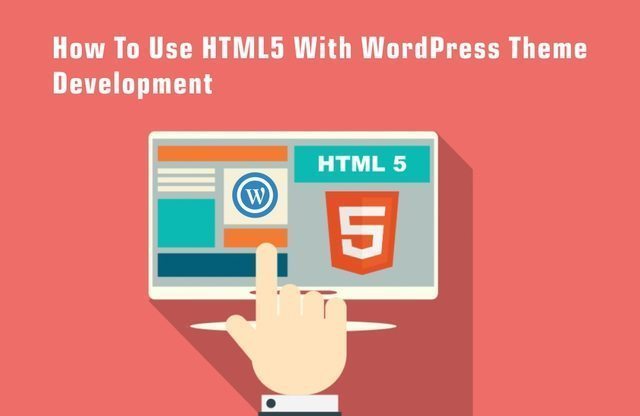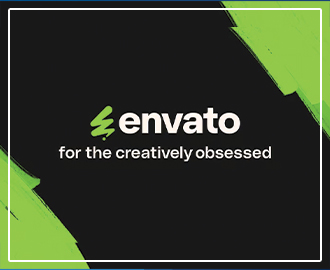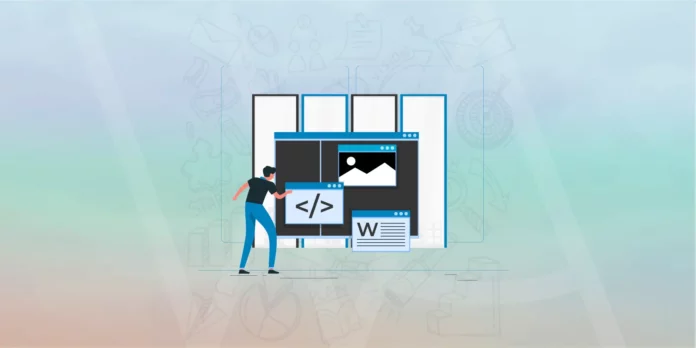Most of the time, you have started your website with basic HTML or HTML5 base. But, when you are trying to work on WordPress theme, you are not just going to throw away the hard work, revolving around HTML5. There are certain ways, which you can use for using HTML5 with the chosen WordPress theme development. With some few and simple easy steps, you can deliberately convert HTML5 into WordPress and run the current website into the
WordPress platform.
But, whatever plan you have in mind, you have to start with the basic steps of creating WordPress themes from the HTML5 package. You need to create the theme from the scratch. Or else, you can even try to visit the Github and get hold of the WPexplorer theme. This software is designed to offer you with an empty canvas, where you have the liberty to create your theme. You can start with the code and template files, which are notably used for creating a WordPress theme with HTML5.

Working on the WordPress theme:
As discussed already, you have to start your work by dealing with the WordPress theme first. This is mostly mandatory when the main concern lies with WordPress theme development. And you have to start working and naming the theme first, as that makes it easily recognizable for future use. Start working on the CSS and index.html style sheet. You can even download them if you do not have any. You need to have a minimum of one working WordPress installation. Later you have to create a proper theme folder, where the new WordPress theme will be saved.
Next step is breaking up:
Once you are through with the basic WordPress theme creation and installation of the same in the theme’s folder, for the next step you have to break the HTML template into the current PHP files. For the basics, you should start by creating four different PHP files. For that, you might try to use the code editor. This tool will help you to create sidebar, header, footer and index.php. These files are currently empty. If you want some more examples, you can start your research online, for the style sheets.
Try working on the posts:
This is indeed a tough call for creating for PHP files, but it is worth the challenge. When you are through with that, next step is to deal with adding posts. Here, it is time for you to take your HTML template and morph into WordPress theme. For that, adding posts is an easy piece of cake. With few simple steps, you can even add posts on the blog and display them in the customized HTML pad. For that, a specialized PHP function name Loop is to be performed. In generic terms, Loop is defined as a form of code, which will help in displaying some of your comments and posts, wherever you are planning to place it.
Create the distinction:
Whenever you are talking about WordPress, it is mandatory for you to distinguish between the pages and posts. While writing a blog, you are considering WordPress posts. These are likely to appear in default manner and in chronological order. WordPress page, on the other hand, mainly known for containing the timeless information,
and some examples are about me and contact page, to name a few. Each one of the blog entries might have posted, but when it comes to the main pages, then that calls for WordPress pages.
Do not forget to add index.php:
It is mandatory for you to know more about the steps when you can add index.php to the WordPress theme. In WordPress, it is important for you to remove the current head [part along with the footer sector from the index.php file. And you need to put those into separate files. The header.php comprises of the head part of your current website. This package must comprise of everything, which is to be placed within the head tag, along with website’s
header. You can add the name of the site, along with the tagline in this sector.
Take help from experts:
These are the basic steps, which can help you to use HTML5 with the WordPress theme. However, for the best results, do not forget to contact the experts. They are pretty sure to help you out.





